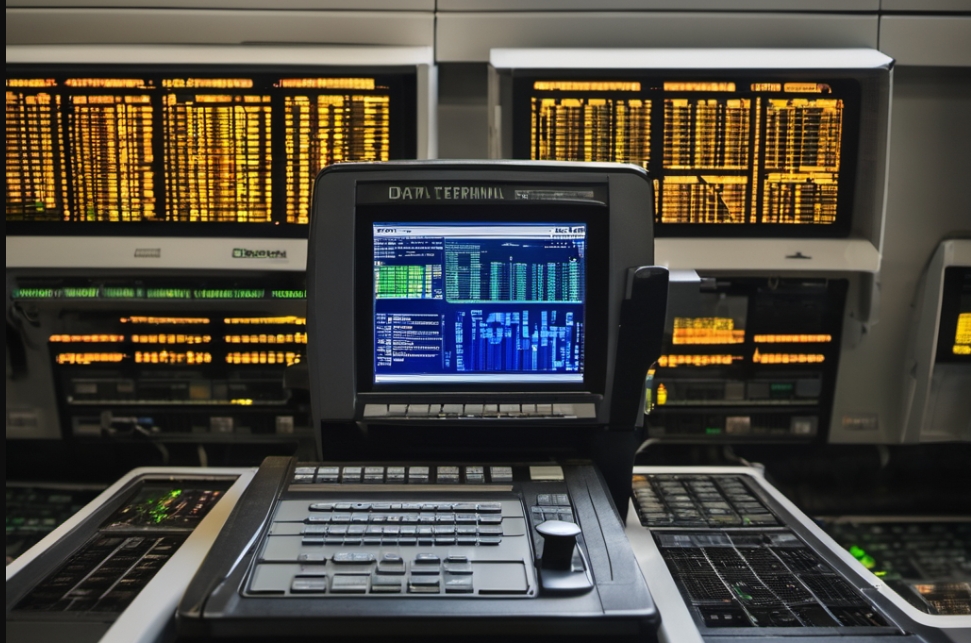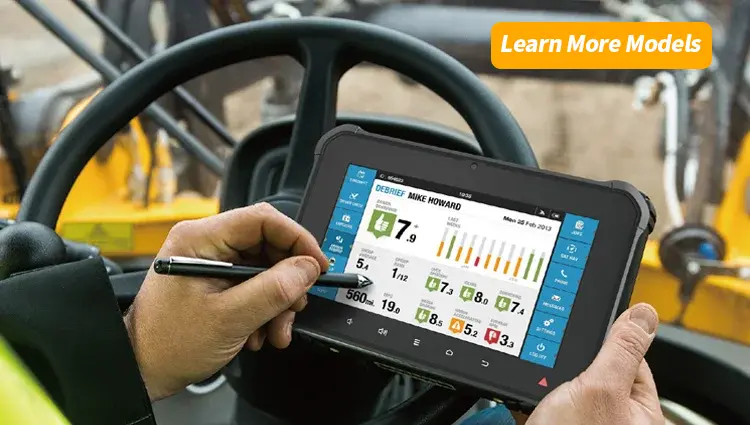Navigating the Future: The Role and Evolution of Data Terminal Equipment (DTE)
In the ever-evolving landscape of telecommunications and technology, the significance of Data Terminal Equipment (DTE) has become increasingly pronounced. As the cornerstone of data communication systems, DTE plays a pivotal role in shaping the way we connect, share information, and conduct business. This article delves into the intricacies of DTE, exploring its functions, evolution, and its vital role in the modern digital era.
Understanding Data Terminal Equipment (DTE):
At its core, Data Terminal Equipment refers to the equipment or devices that interact directly with users, facilitating the input and output of data. Examples of DTE include computers, printers, and various communication devices. The seamless integration of DTE is crucial for establishing efficient communication networks and ensuring the smooth flow of data.
Evolution of DTE in Telecommunications:
The history of DTE is closely intertwined with the evolution of telecommunications. From the early days of simple telegraph systems to the sophisticated digital networks of today, DTE has continually adapted to meet the escalating demands of connectivity. The integration of DTE has played a crucial role in the transition from analog to digital communication systems, heralding a new era of speed, reliability, and versatility.
Functions of Data Terminal Equipment:
DTE serves multifaceted functions in data communication. It not only acts as an interface for users to interact with the network but also ensures the proper formatting and encoding of data for transmission. Additionally, DTE manages data flow control, error detection, and correction, contributing to the overall integrity and efficiency of communication systems.
The Role of DTE in Modern Business:
In the contemporary business landscape, where data is often referred to as the new currency, the role of DTE is more critical than ever. Businesses rely on DTE for seamless communication, real-time data exchange, and efficient collaboration. The integration of advanced DTE technologies enables organizations to stay competitive, streamline operations, and respond swiftly to the dynamic demands of the market.

For those seeking a comprehensive understanding of Data Terminal Equipment, this article aims to provide insights into its functions, evolution, and relevance in today’s digital age. By exploring the historical context, current applications, and future trends of DTE, readers will gain a holistic perspective on its significance in telecommunications and data management.
the evolution and significance of Data Terminal Equipment in telecommunications are undeniable. From its humble origins to its integral role in modern data communication, DTE continues to shape the way we connect and share information. This article serves as a comprehensive guide, addressing search intent, reducing bounce rates, and fostering reader engagement while maintaining a professional and informative tone. As we navigate the future, the evolution of DTE remains a testament to the relentless pursuit of efficiency and connectivity in the digital realm.








